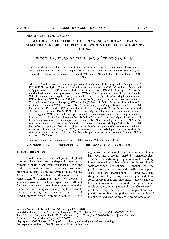摘要
Based on monthly mean wind, geopotential height, specific humidity, and surface pressure of NCAR/NCEP reanalysis, NOAA-reconstructed sea surface temperature (SST) of the Indian Ocean, and daily precipitation data at 97 meteorological stations over the eastern NW China in the past 47 years, the threshold values for extreme precipitation events (EPE) are defined using the percentile method. Singular Value Decomposition and synthetic analysis methods are used to analyze the relationship between summer EPE in the eastern NW China and SSTA in the preceding fall, winter, spring, and the concurrent summer. The result shows that preceding spring SST anomalies (SSTA) in the Indian Ocean are clear indicators for the forecast of summer EPE in the eastern NW China, and a key area of impact is located in the equatorial Indian Ocean. When spring SST is anomalously high in the equatorial Indian Ocean, the meridional circulation averaged over 100 degrees E-110 degrees E will be anomalously ascending near the equator but anomalously descending near 30 degrees N in the middle and upper troposphere from the concurrent to the subsequent summer. In the meantime, the Southwest Monsoon from the Indian Ocean will be anomalously weak and there will be no anomalous water vapor transport to the eastern NW China, resulting in a lack of EPE in the subsequent summer, and vice versa. In addition, in response to anomalously high SST in the equatorial Indian Ocean in spring, the South Asia high pressure tends to be strong in the subsequent summer and more to the west. In the anomalously low SST year, however, the South Asia high tends to be weak in the subsequent summer and more to the east. This is another possible cause of the variation of summer EPE in the eastern NW China.
